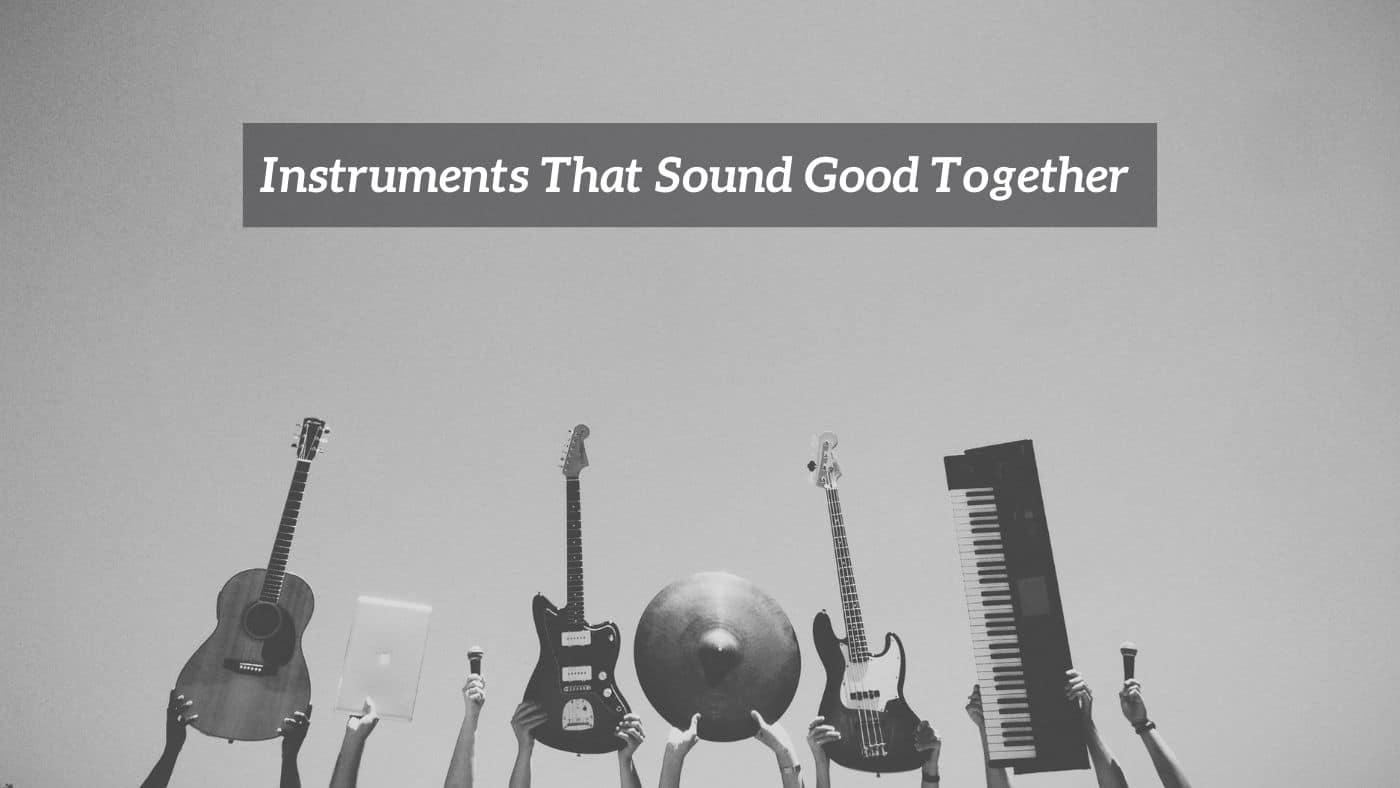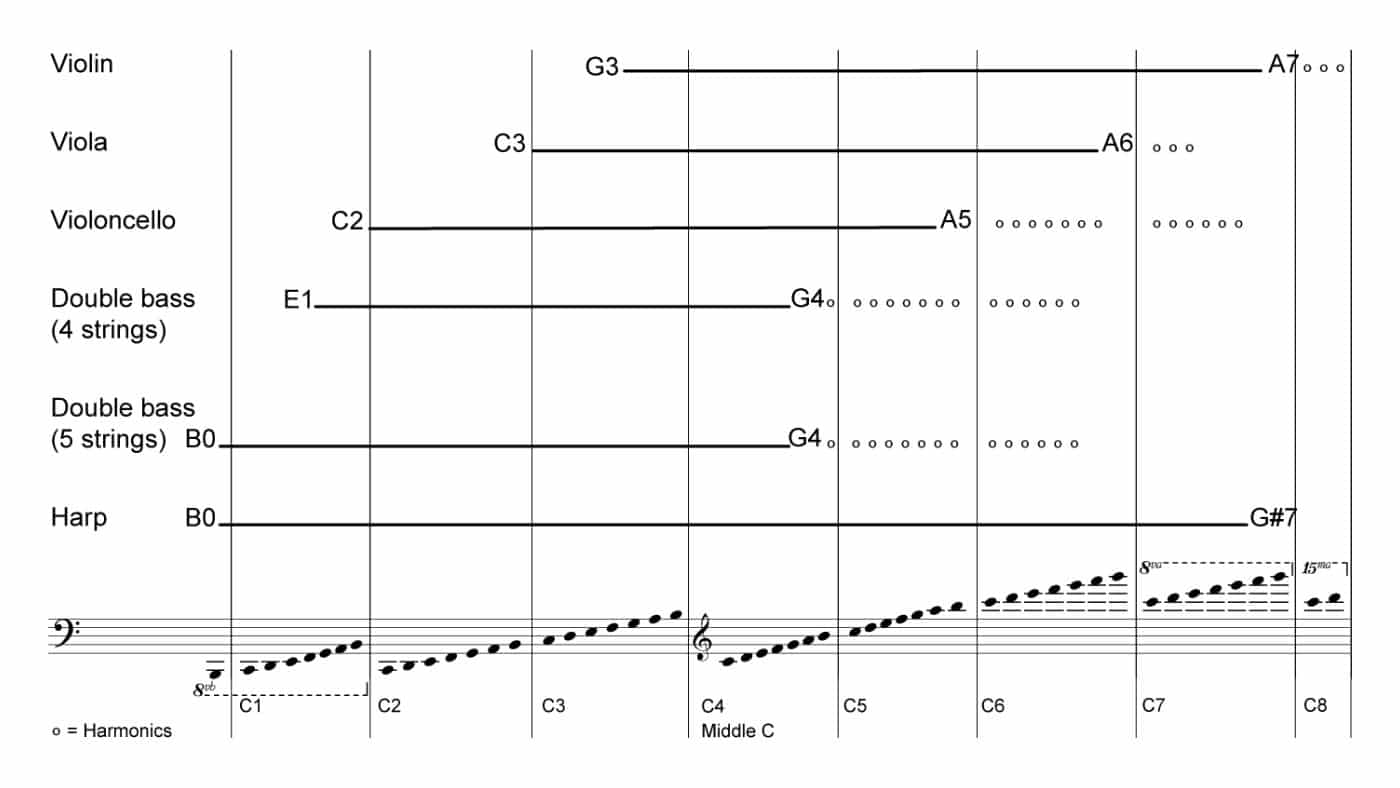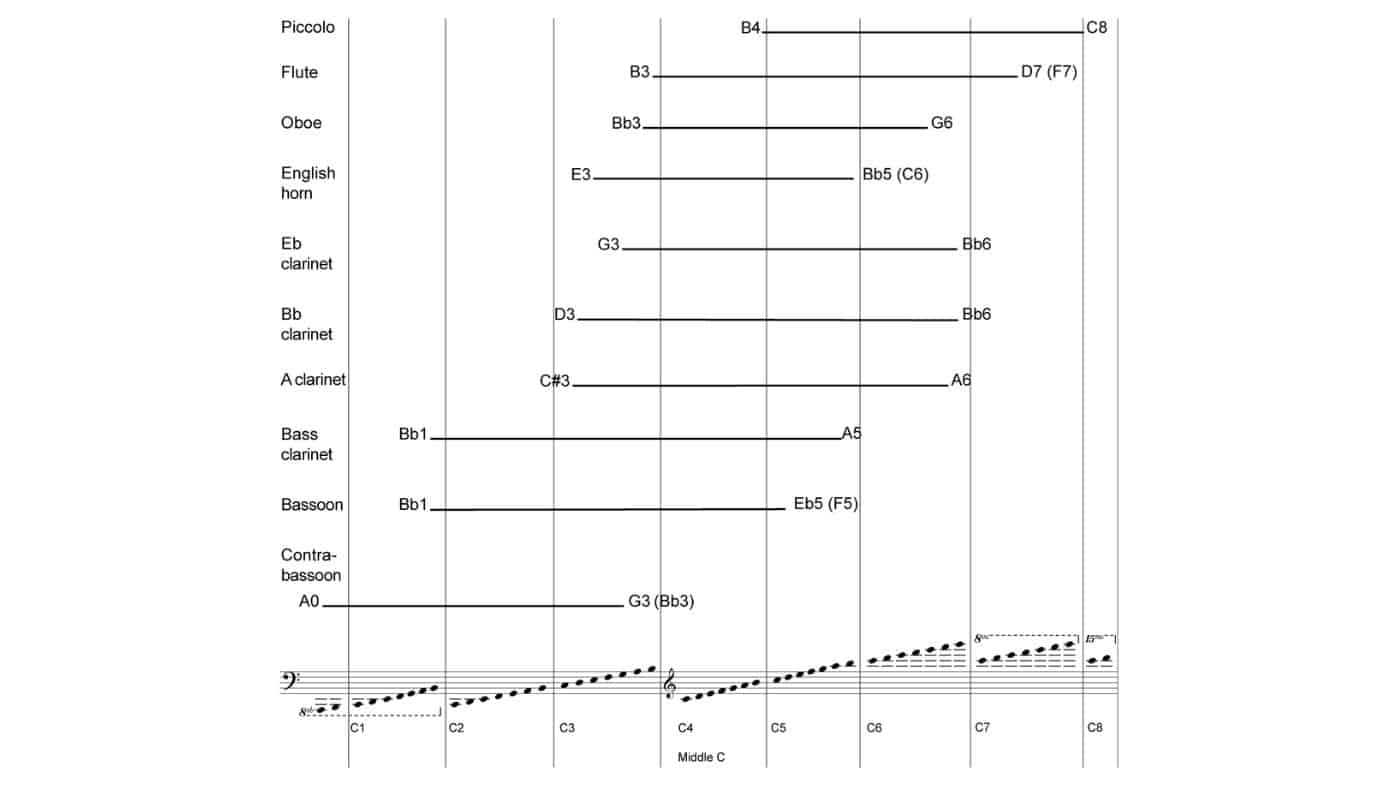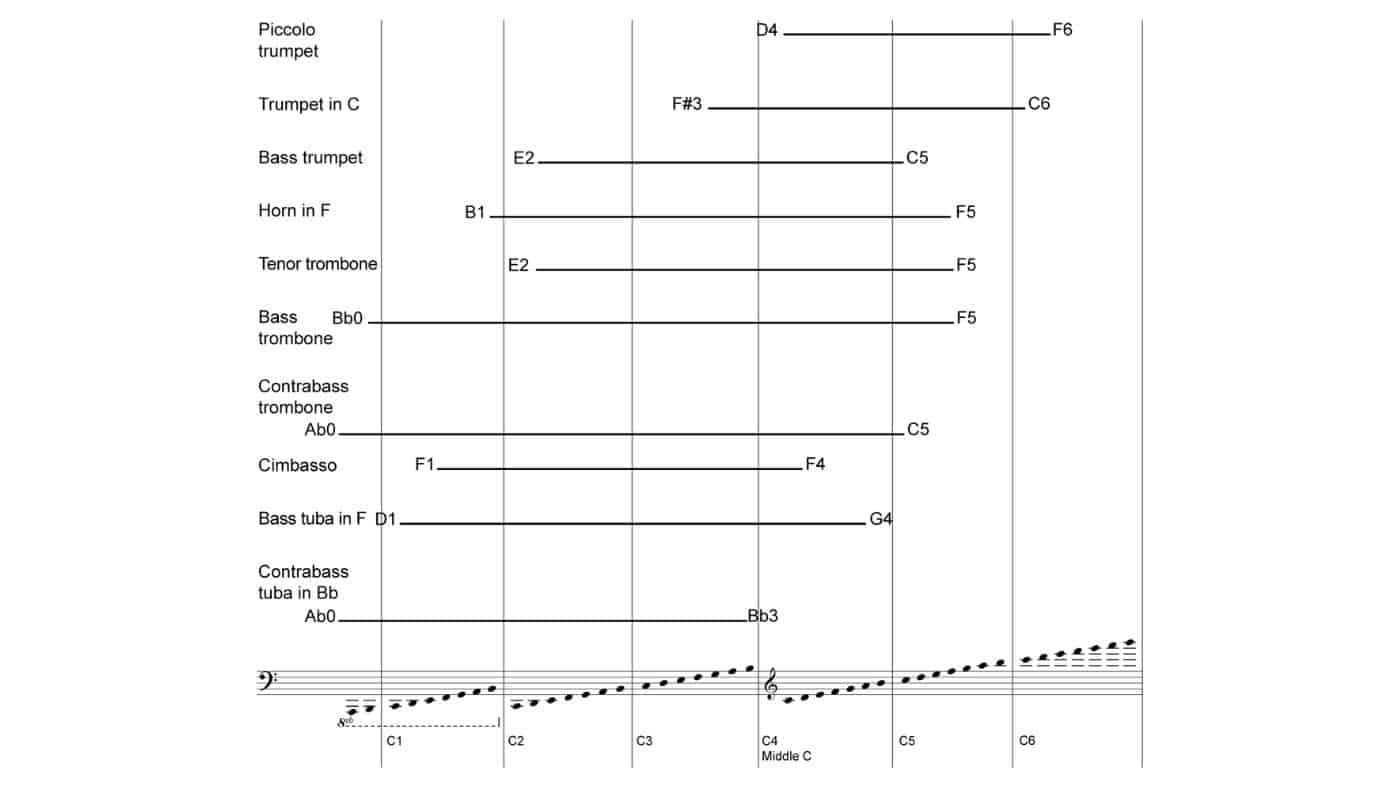
Instrumentation is an integral part of music—whether a pop ballad, orchestral symphony, a duet, or any number of instruments playing together.
Different instruments have different sounds and timbres, which can ultimately influence the message you’re trying to convey in your music. Let’s investigate a few options from both pop and orchestral music below.
Instruments That Sound Good Together
Pop Music
Pop music can be given extra depth when you add orchestral instruments to the mixture, which we will get to later. Let’s look at the most popular instruments in pop music and combinations that have stood the test of time.
The guitar—both acoustic and electric—is one of the most versatile instruments in pop music and can be used in various musical settings. Many instruments may be used with a guitar to provide an excellent sound.
Among these are the piano, violin, and cello. When these instruments are combined, they may produce a broad spectrum of sounds that can be both beautiful and expressive.
Each instrument brings its distinct character to the table and may create a genuinely breathtaking musical experience combined with a guitar.
Guitar and piano can provide beautiful accompaniments to solo performances since they can offer rhythm and harmony. The piano can also give an elegant accompaniment when the guitar is the soloist, or you can reverse the roles and let the guitar play a rhythmic accompaniment to a violin solo.
The options are endless with the guitar. When an acoustic piano is not available, bands may use keyboards or even synthesizers to provide different sounds like a piano, violin, or saxophone, to name a few.
Percussion, especially a drum kit, may not have a variety of pitches but is more than often the rhythmic backbone in a band setting.
The drums provide the rhythm and help to drive the song forward—in loud, fast passages; the drums will help to keep the rhythm and provide more ‘punch,’ especially when using power chords on the guitar.
The drums help to add depth to the music and work well with the bass guitar to keep the rhythm and the bass line in the music.
Compare this orchestral version of Mika’s Happy Ending to hear how the different instrument groups give depth and emotion to the song to the pop version where the piano combined with the closed hi-hat cymbals (and later, the bass drum) provides a much ‘lighter’ accompaniment. We’ll explore orchestra instruments in the next section.
Orchestral Instruments
There are too many orchestral combinations to mention here, so we’ll focus on the most common varieties that sound good together.
String Section
Because the string section’s instruments, the violin, viola, violoncello, and double bass, all have a similar timbre and overlap in range, they complement each other perfectly and sound together in various combinations.
The tonal blend with brass instruments is not as well as with woodwinds. It depends on which register the brass instruments are playing in and which playing style the strings employ (pizzicato, col legno, etc.).
Using a mute on brass instruments helps them sound more like strings and enhances the mix. The mix between strings and brass instruments improves when woodwinds, notably clarinets, join the two groups.

Woodwind Instruments
The woodwind family is large and varied and can produce many sound qualities and combinations. The four main instruments we’ll examine are the flute, oboe, clarinet, and bassoon.
The flute sounds good with all the instruments in the orchestra and especially when played with other flutes or strings, notably the violins.
Combining the flute with the oboe and clarinet creates a warm and mellow sound in unison or octaves. The bassoon and flute, sounding one or two octaves apart, will give you an exotic effect.
The oboe and other woodwinds are like a love story—it works perfectly with the flute and clarinet, which mellows the oboe’s acerbic sound. Depending on the register, the oboe and clarinet can dominate each other’s sound and produce a broad tonal palette.
Moving on to the clarinet, the options are still wide for a good sound together. The clarinet and trumpet produce an excellent effect when the clarinet plays in its upper register.
The clarinet is frequently utilized in opera, particularly in conjunction with the soprano or alto vocals playing in unison or an octave lower with the viola.
When the bassoon is coupled with the trombone, it softens the metallic tone of the trombone. Bassoon, trombone, and tuba provide a solid voice to a brass bass line in huge musical sections, with the trombone an octave above the bassoon and tuba in unison or an octave below the bassoon.
The bassoon and bass clarinet combined with the trumpet also sound good together and produce a massive sound.

Brass Instruments
While the brass section is quite expansive, we’ll focus on the trumpet, horn, trombone, and tuba.
A trumpet and horn playing in unison produce a large sound—in the trumpet’s middle register, its dynamic level equals that of four horns. Horns playing an octave below the trumpet will sound softer, with the trumpet dominating the sound.
The horn can be assigned many functions and combinations with other instruments. Although the horn sounds good with the trumpet and trombone, these instruments’ dynamics need to be balanced, e.g., the horn playing piano (p).
In contrast, the trumpet and trombone play pianissimo (pp). Horns, clarinet, and bassoon sound good together and blend well, but the bassoon should take the bass part for the best effect.
The horn and cello share the same pitches and sound excellent together in unison, increasing the sound of both instruments.
A muted trombone combined with the oboe provides a well-blended sound. At the same time, the bassoon masks the metallic qualities of the trombone. Trombones combined with trumpets will result in a good combination and bright sound. Trombones sound good together, projecting a solid sound.
The tuba is best for doubling the double basses in the orchestra—its staccato is comparable to the bass’s pizzicato.

Further Reading and Listening
Benjamin Britten’s Young Person’s Guide to the Orchestra is one of the best works to discover the orchestra and the various combinations that sound good together
Vienna Symphonic Library is an excellent resource for learning about the various orchestral instruments, their playing techniques, sounds, and sound combinations.

